Nope, it’s not Mustang vs Civic, it’s better! Welcome to a special Father’s Day edition of the blog. This week, we’ve got Jay’s 2016 Toyota 86, and his son Danny with a 1993 Suzuki Cappuccino, which is imported from Japan. I have a big passion for Japanese sport coupes, and this pair begs the question: should you take a “domestic” car like the 86, or should you buy an imported JDM car, like Danny has?
The Toyota 86
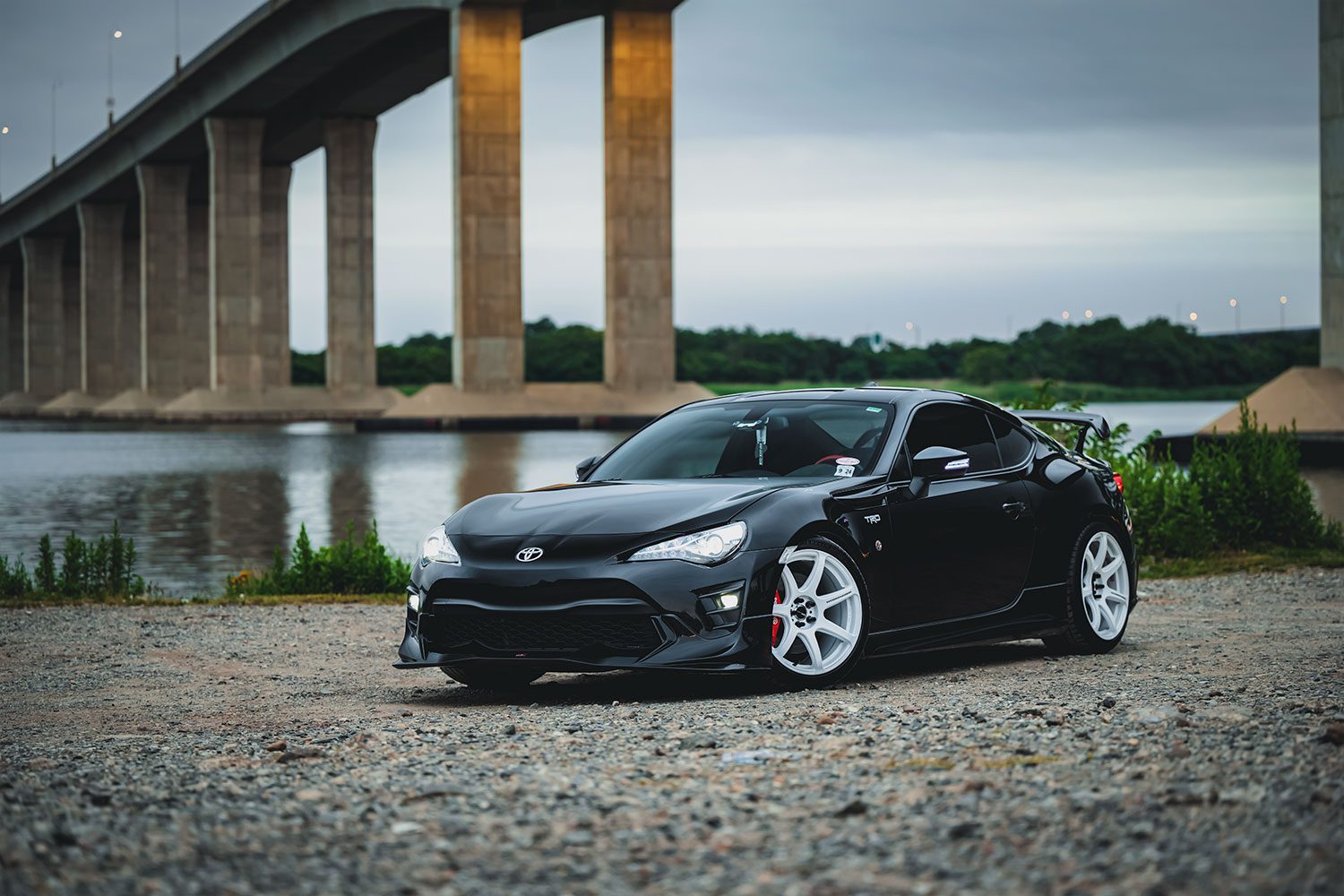

Jay has a love for Toyota like I have for BMW, and he’s had one in the family consistently from the early 80s. Considering his history of ownership includes an 84 Celica SR-5, a Mk III Supra and a 98 Celica with an engine swap, it’s no surprise that Jay ended up with the latest of sporty Toyota offerings.
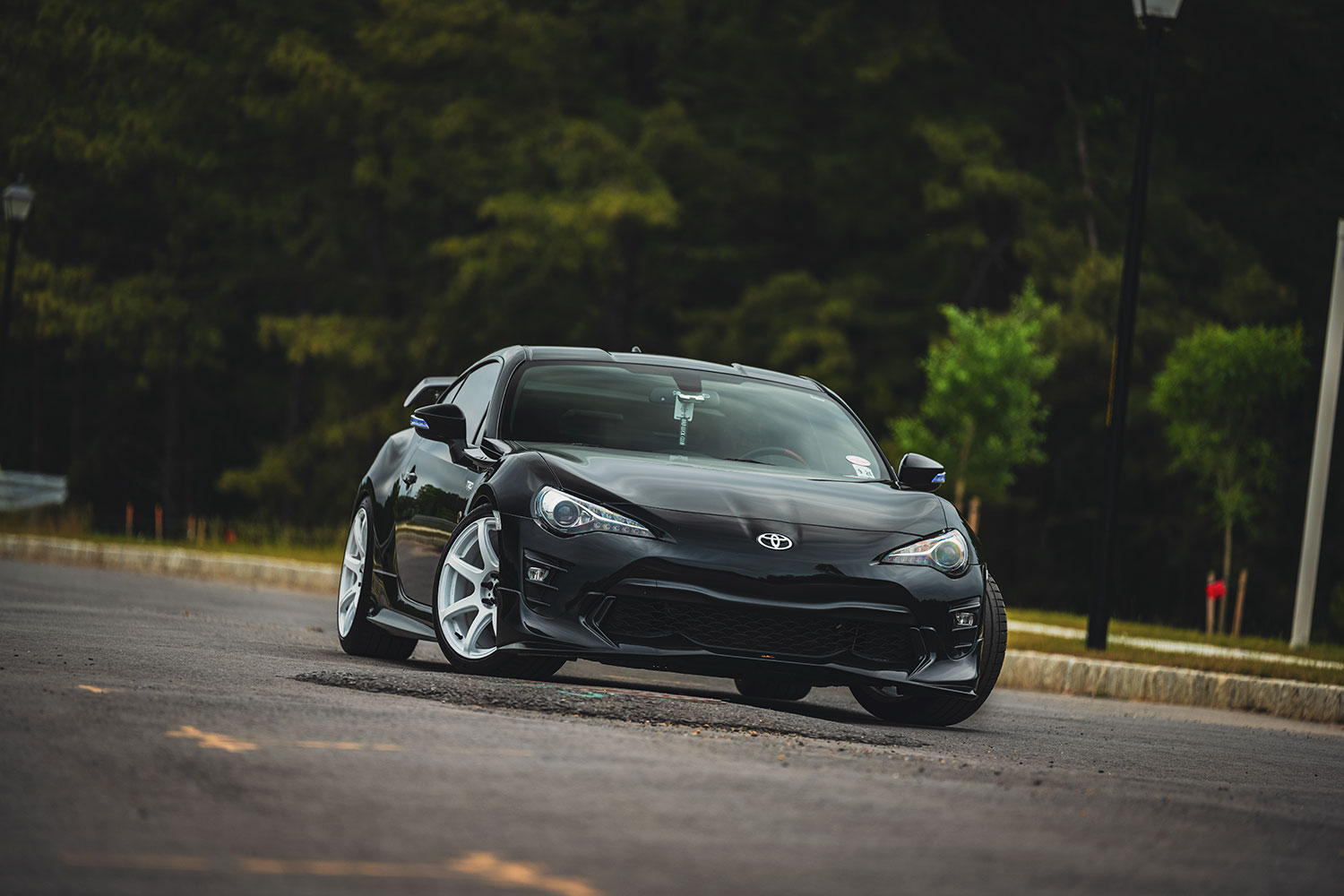



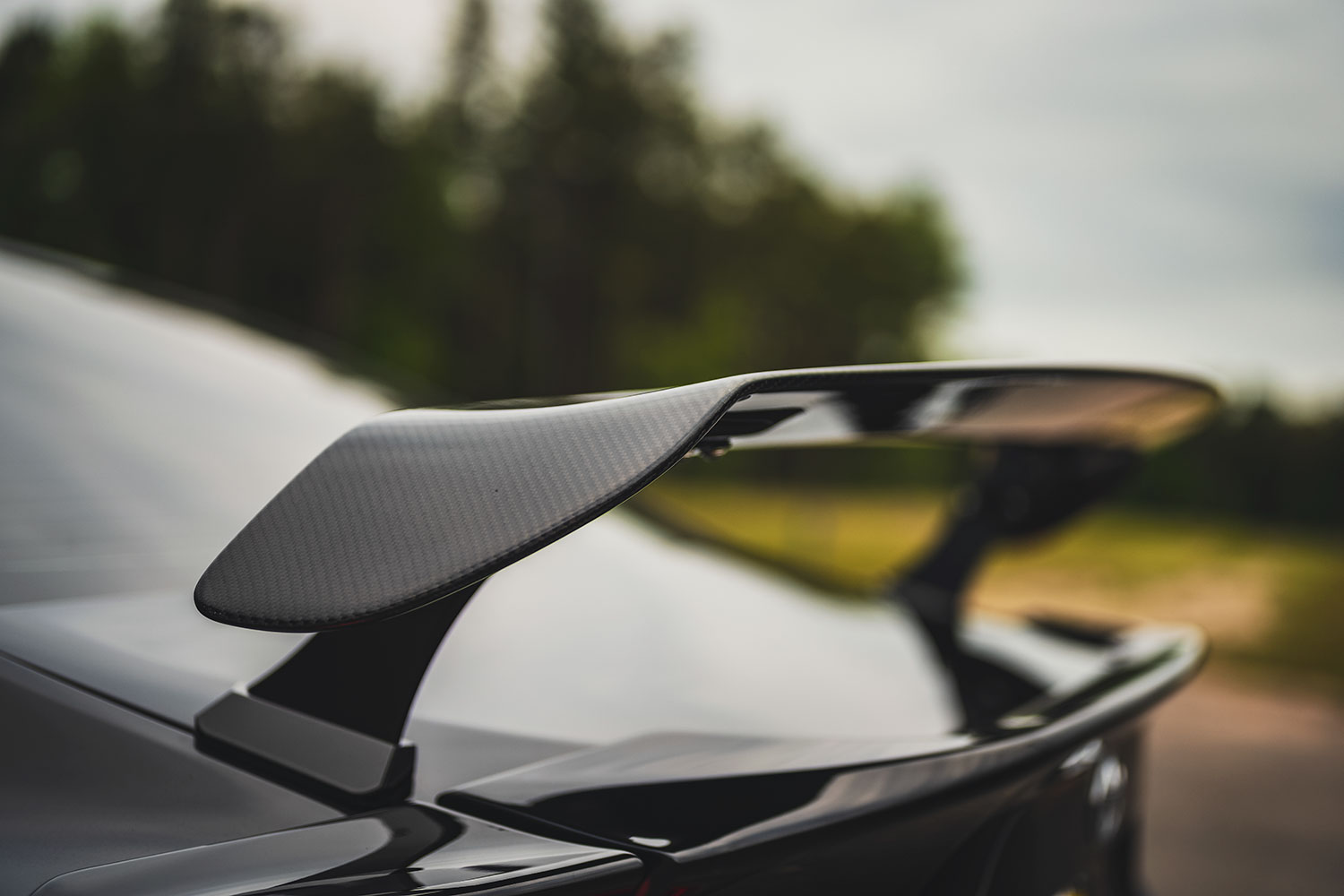

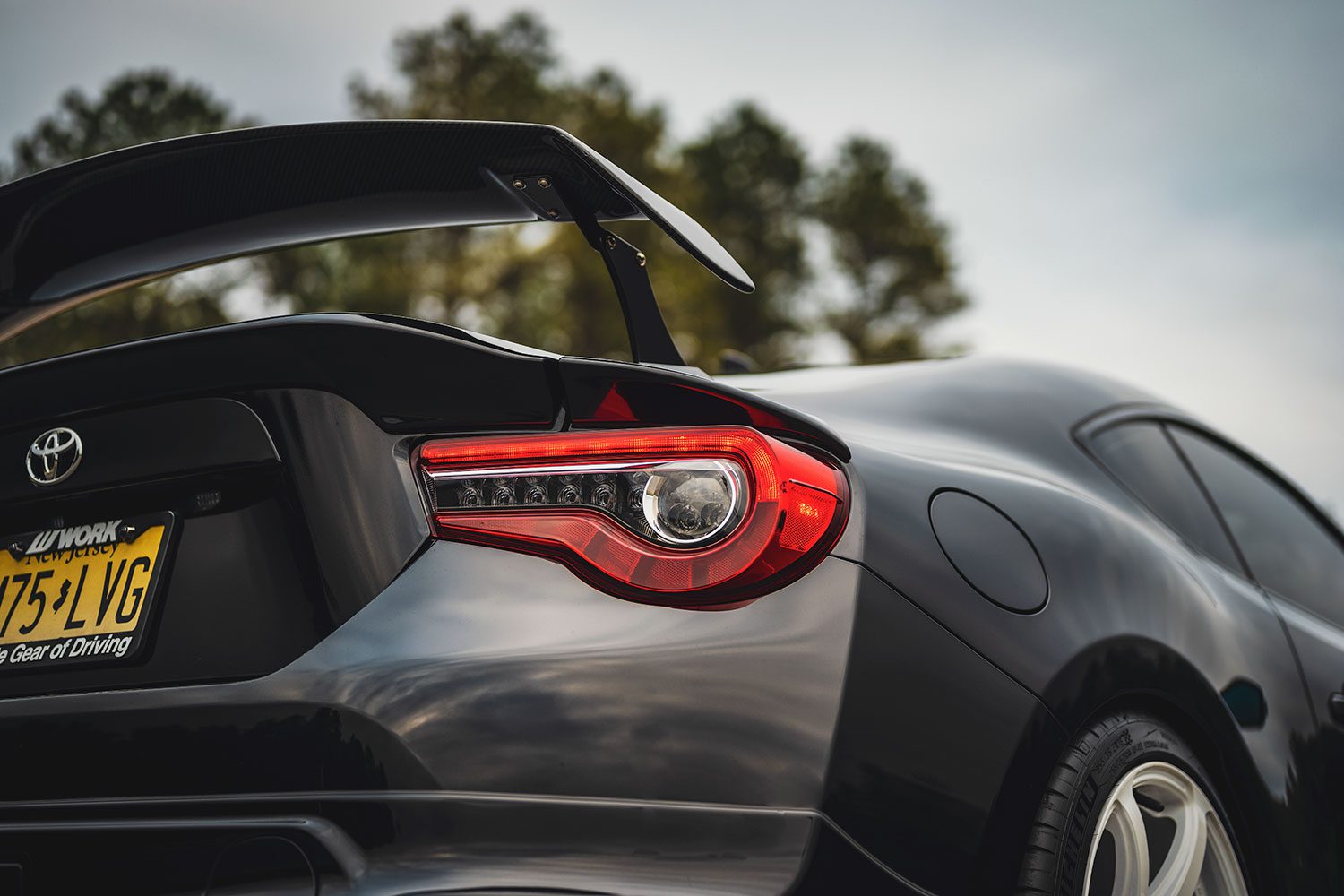

Jay’s 2019 86 is a special TRD edition, so it’s wearing some extra cool kit, including Brembo brakes, Sachs performance dampers, a red powder-coated intake manifold (like a Ferrari!), a unique body kit, unique exhaust and nice interior touches, like red seat inserts. Just 1,418 were made. Jay’s also added some white WorkEmotion wheels. HKS coilovers, TRD sway bars, and a rear wing that looks like it came from the factory. It’s one clean car.
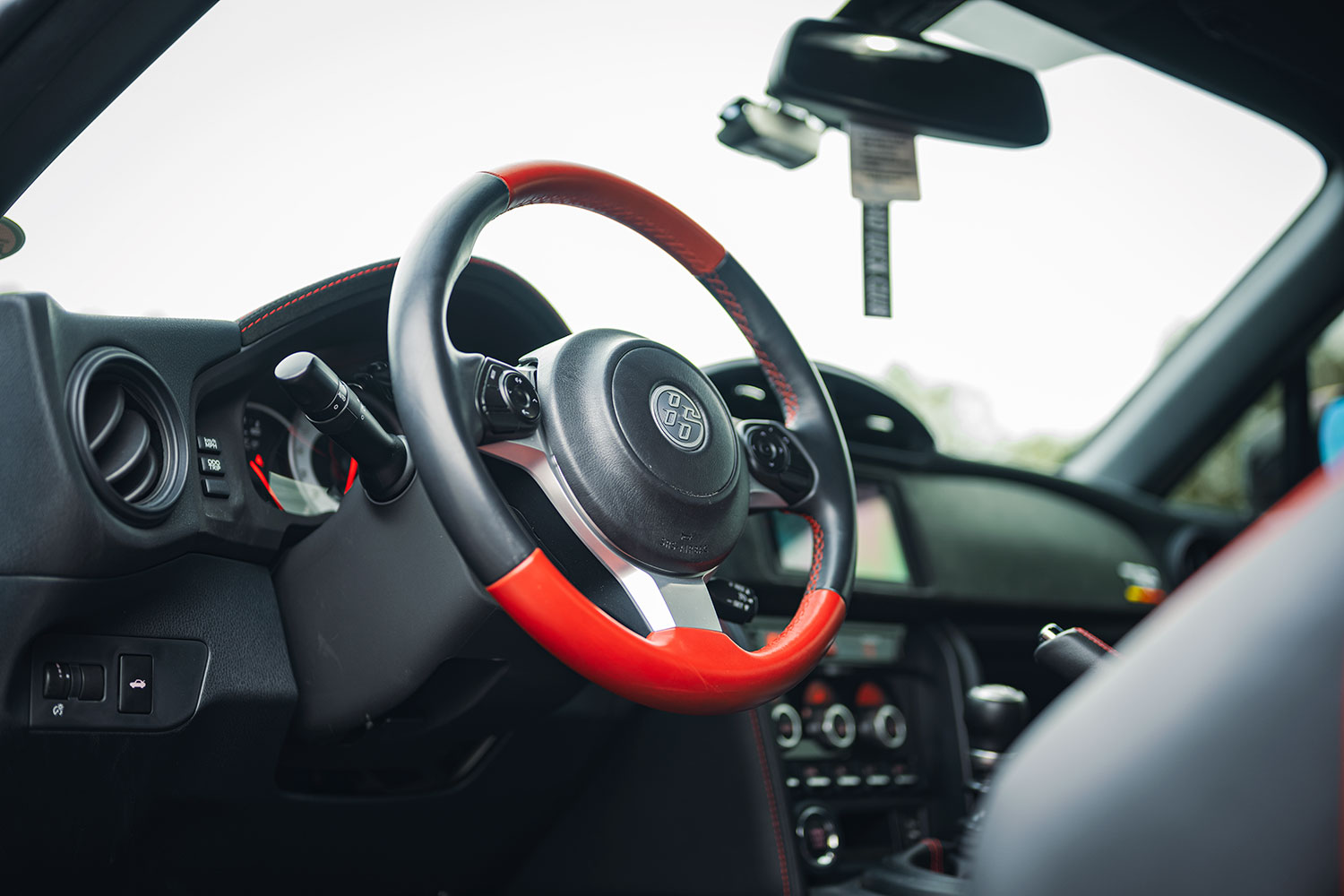

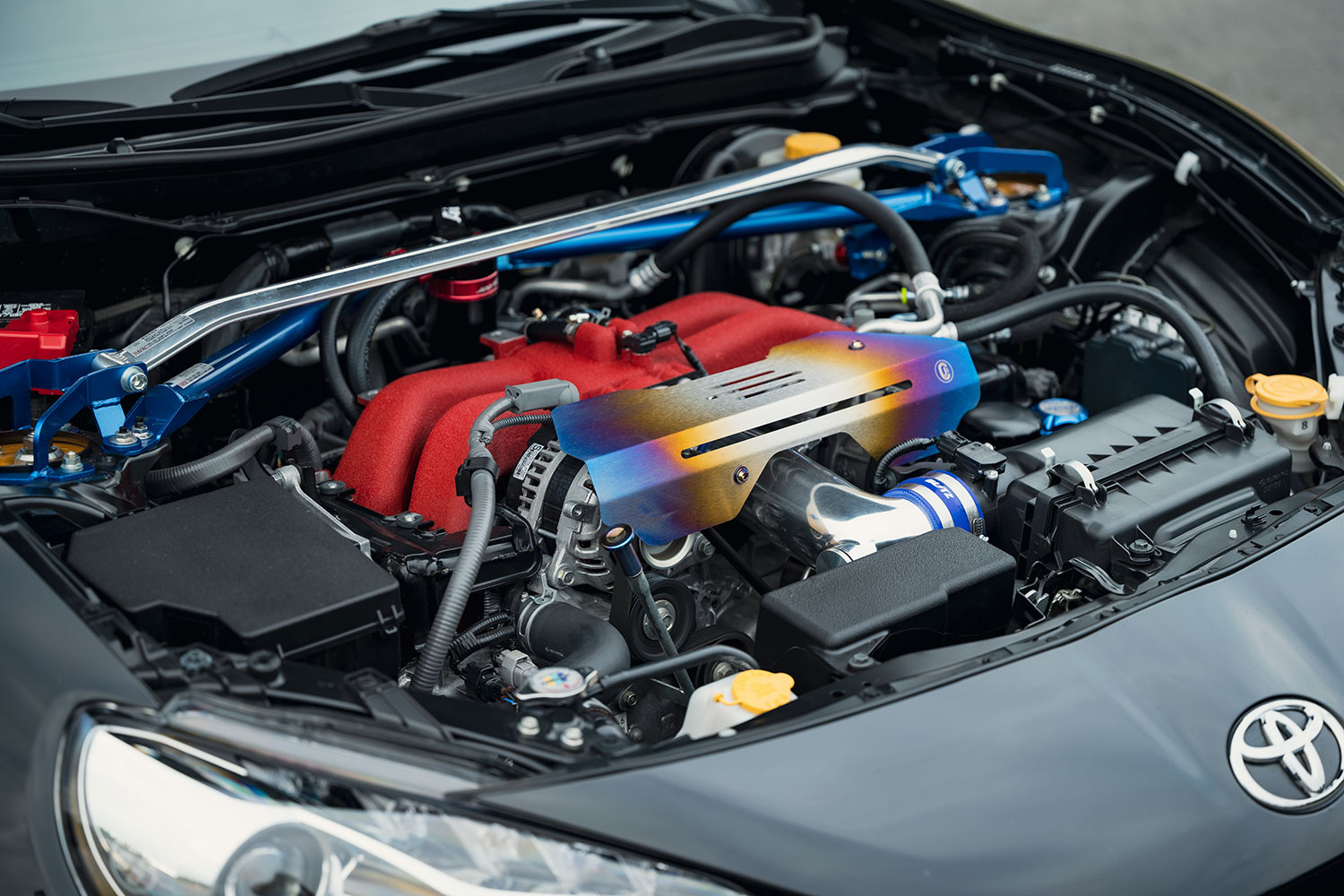

The Suzuki Cappuccino
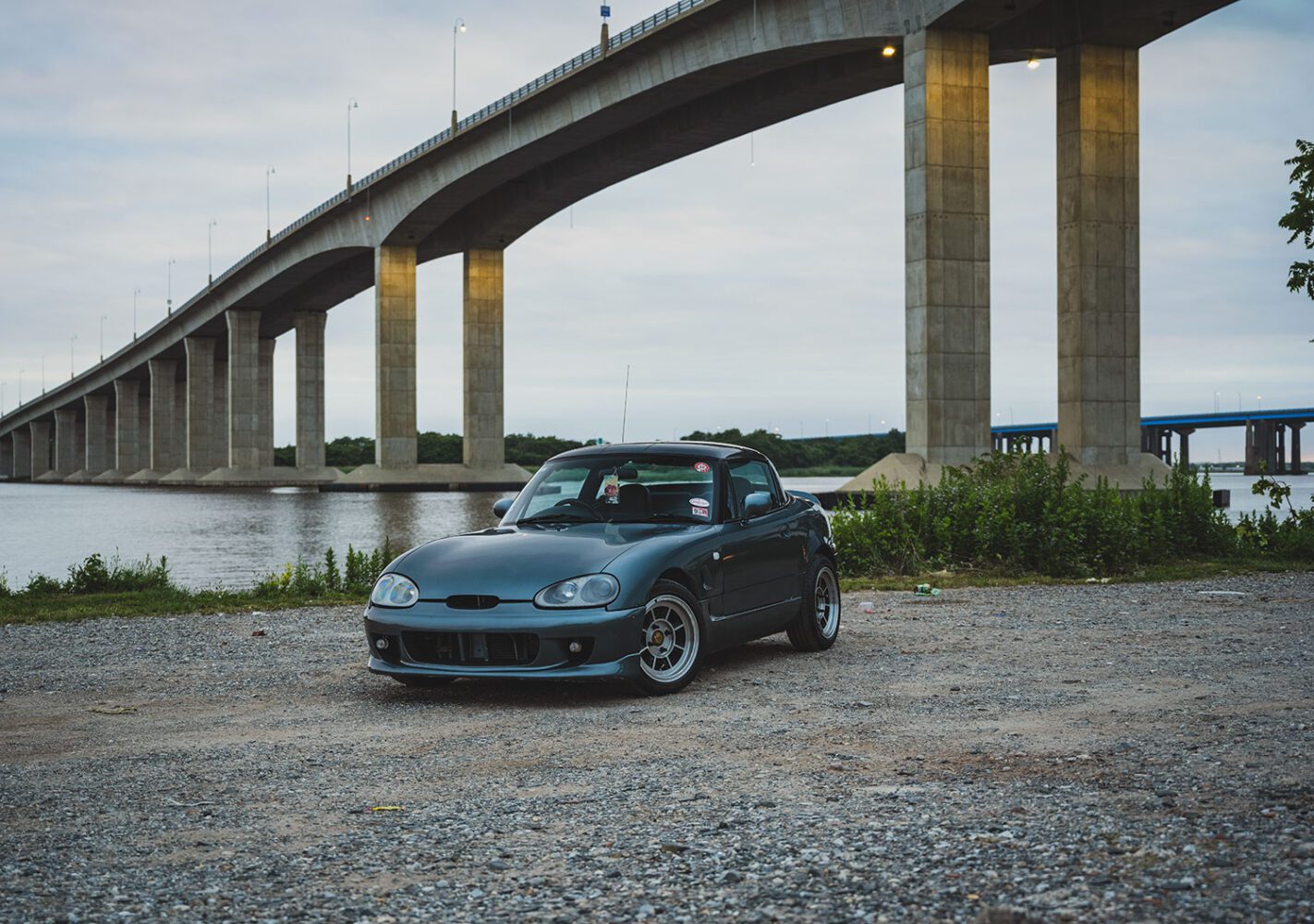

Would you like to get attention not just at your local Cars and Coffee, but pretty much everywhere you drive? Get your hands on an imported JDM (Japanese Domestic Market) car with right-hand drive. Everyone stares and asks what it is.
Adding to the cool factor is its size – check out how it makes one of Toyota’s smallest cars look by comparison…
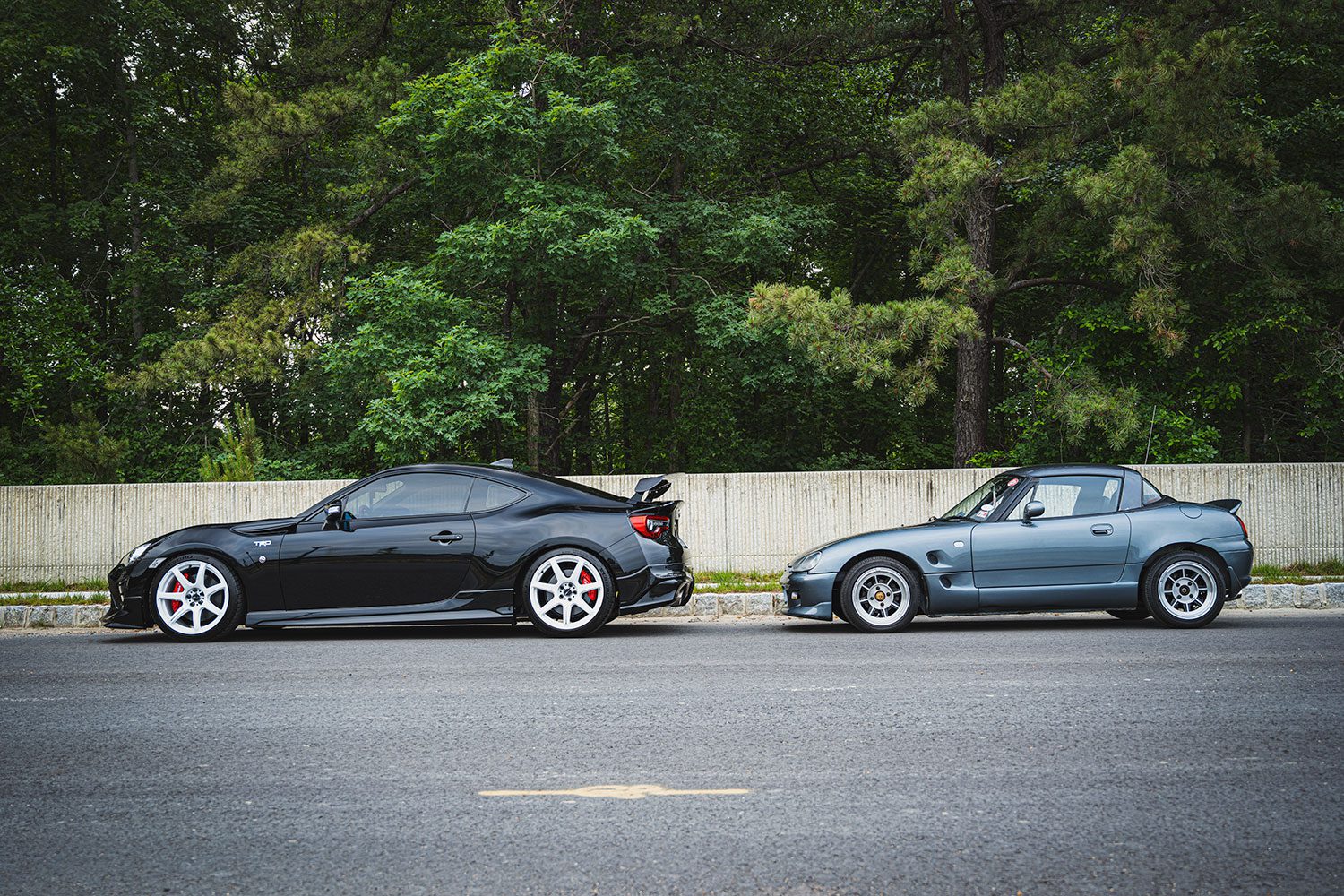

The Cappuccino is classified as a Kei car in Japan because of its size, and it really stands out here. That roof is configurable – a Targa top, T top, or full-on convertible.
But why this car? Danny had a love for it ever since watching Initial D, an anime series that highlighted Japanese drifting cars. If not the Cappuccino, he would have ended up with an Austin MINI, another tiny car. This example is a 1993, and it comes from Japan sporting some add-ons like a duck tail spoiler and aftermarket exhaust (from a motorcycle!). Danny’s added some nice touches, especially under the hood in the form of a strut tower brace, Blitz suspension and Greddy blow-off valve and intercooler piping.
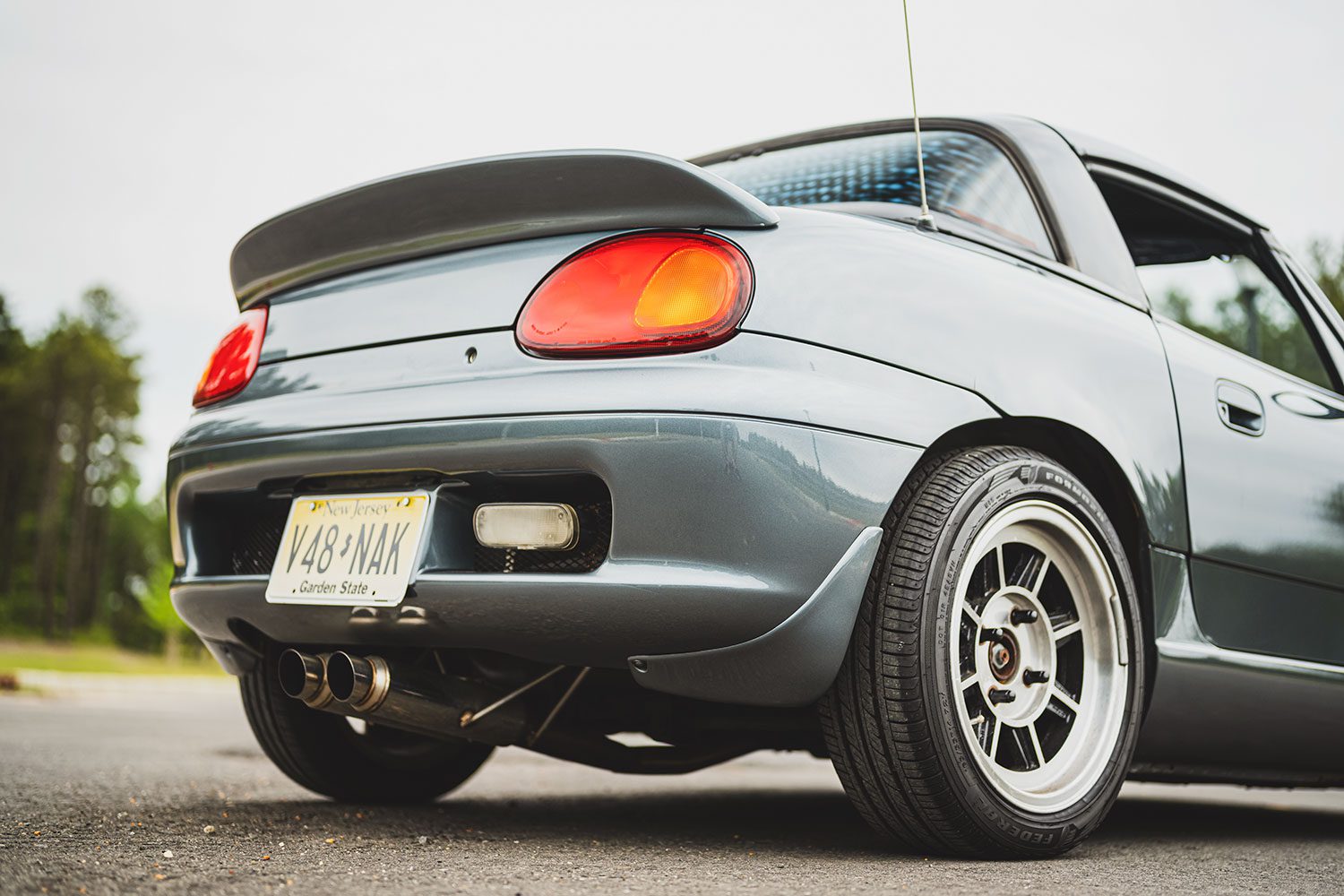

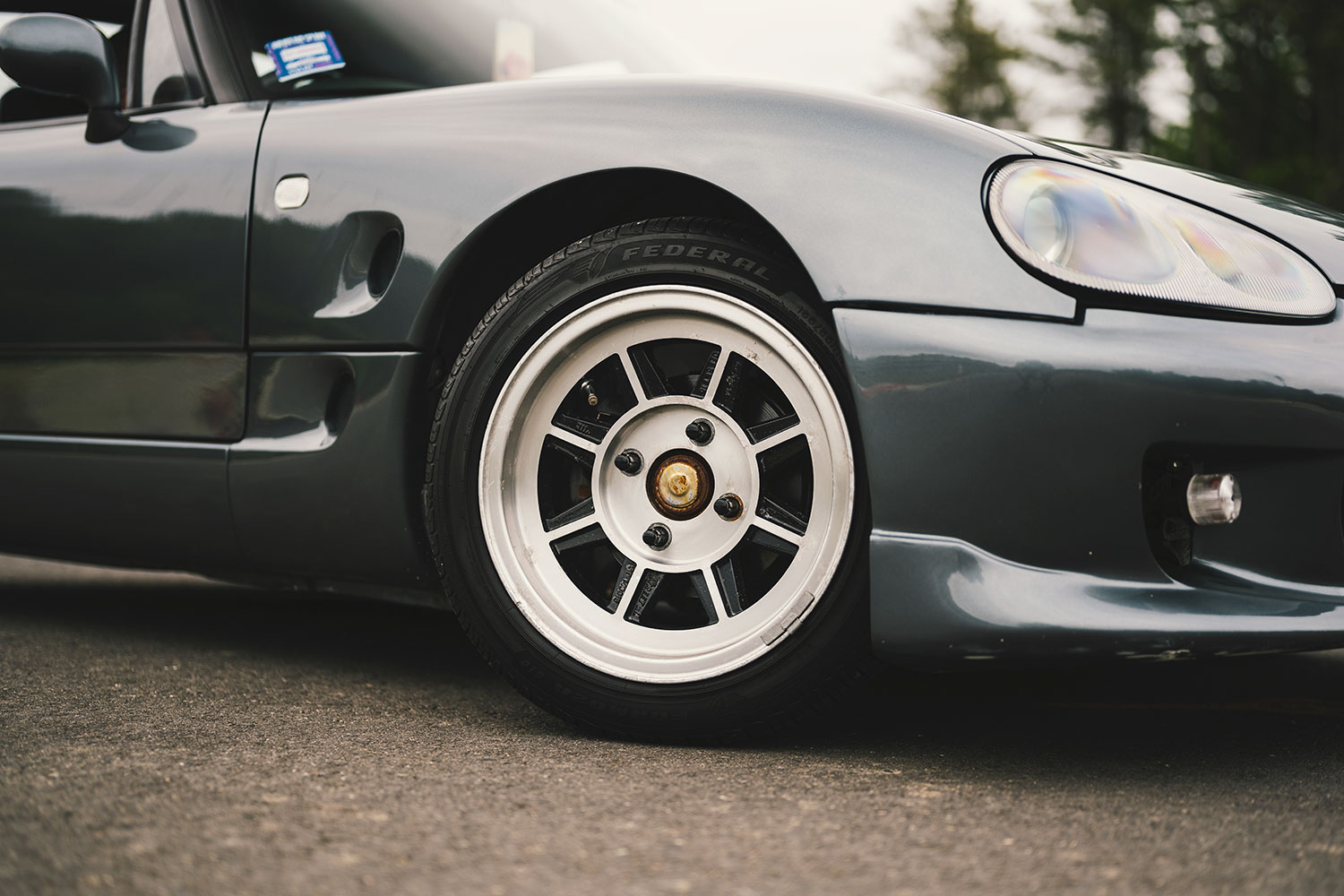

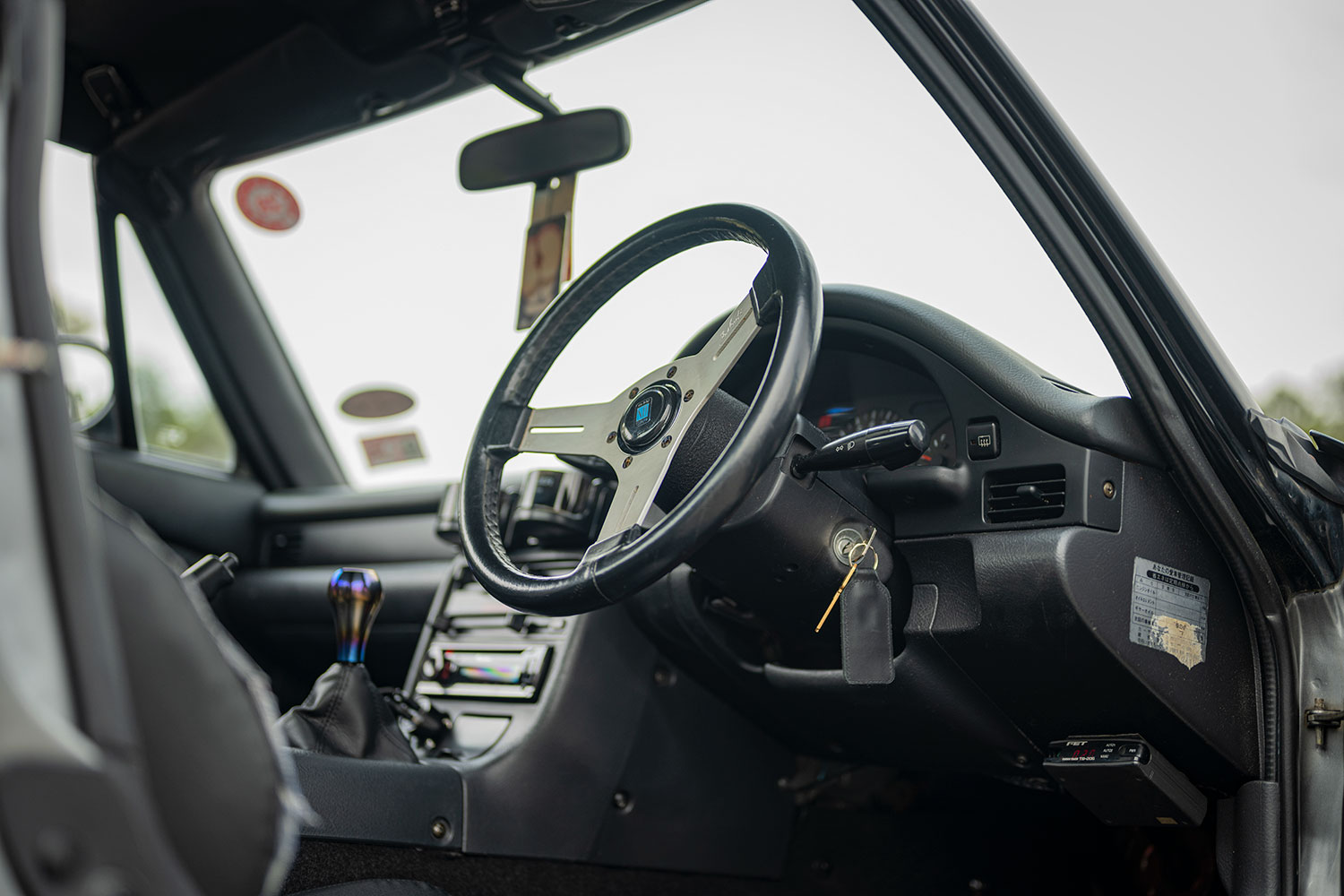

Anyone familiar with 90s Japanese cars will immediately recognize the interior’s sport bike inspired dash layout and overall finish. You’ll never see yourself coming down the road, which is getting harder and harder to do in today’s social media world.
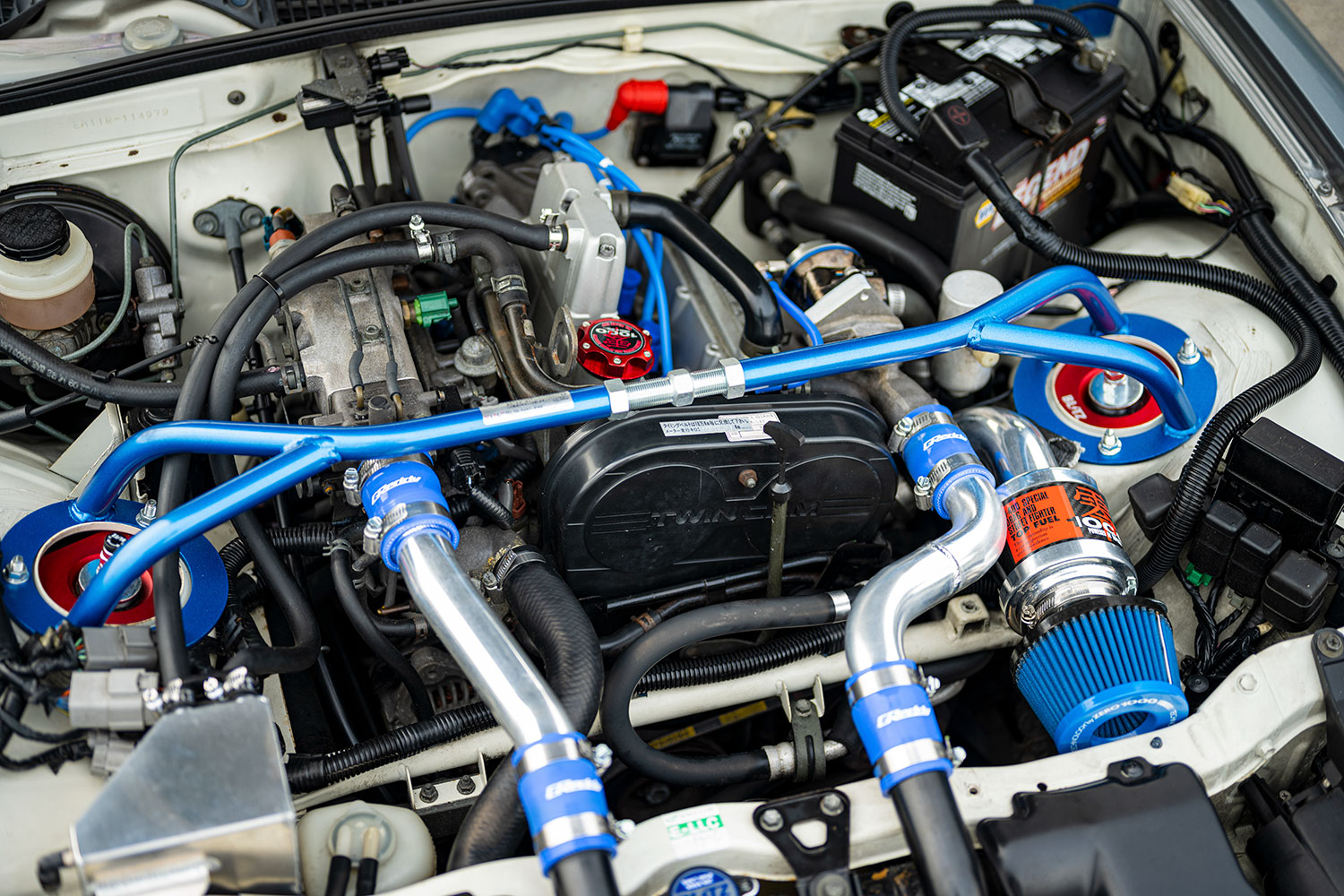

So, Import vs Domestic JDM car?
After speaking with the guys about the entire process, I’ve got some tips for anyone considering importing their own Japanese classic.
- Was the car available at any time in the United States? If so, make sure you understand the difference between the domestic and imported versions.
- A car must be 25 years old to be legally imported. Don’t ask me about all those R34s…
- Consider life with your right-hand drive car. Starbucks runs just got more difficult.
- Parts are not always easy to obtain, especially in the current world circumstances. It takes Danny months to get parts for the Cappuccino.
- A car like the 86 gets factory backing in the form of TRD parts for an OEM plus look. There is no Suzuki catalog.
- Do your research. Have the sell sheet for a car you’re interested in translated from Japanese to understand if any accidents occurred. It’s possible to purchase a JDM car already imported, but always be careful regarding the condition.
As always, there is no right answer here. A JDM car can be somewhat of an inconvenience here, but nothing will get attention like it.
Both of these cars share an ethos, which is light weight, less power, nimble suspensions, with a focus on fun to drive. No, they are not an M5, and that’s a good thing, because I often ask myself “Is it better to drive a fast car slow, or a slow car fast?” Now ask yourself which is more fun on a back road.
Special thanks to Jay and Danny for giving me access to these special coupes for an evening!
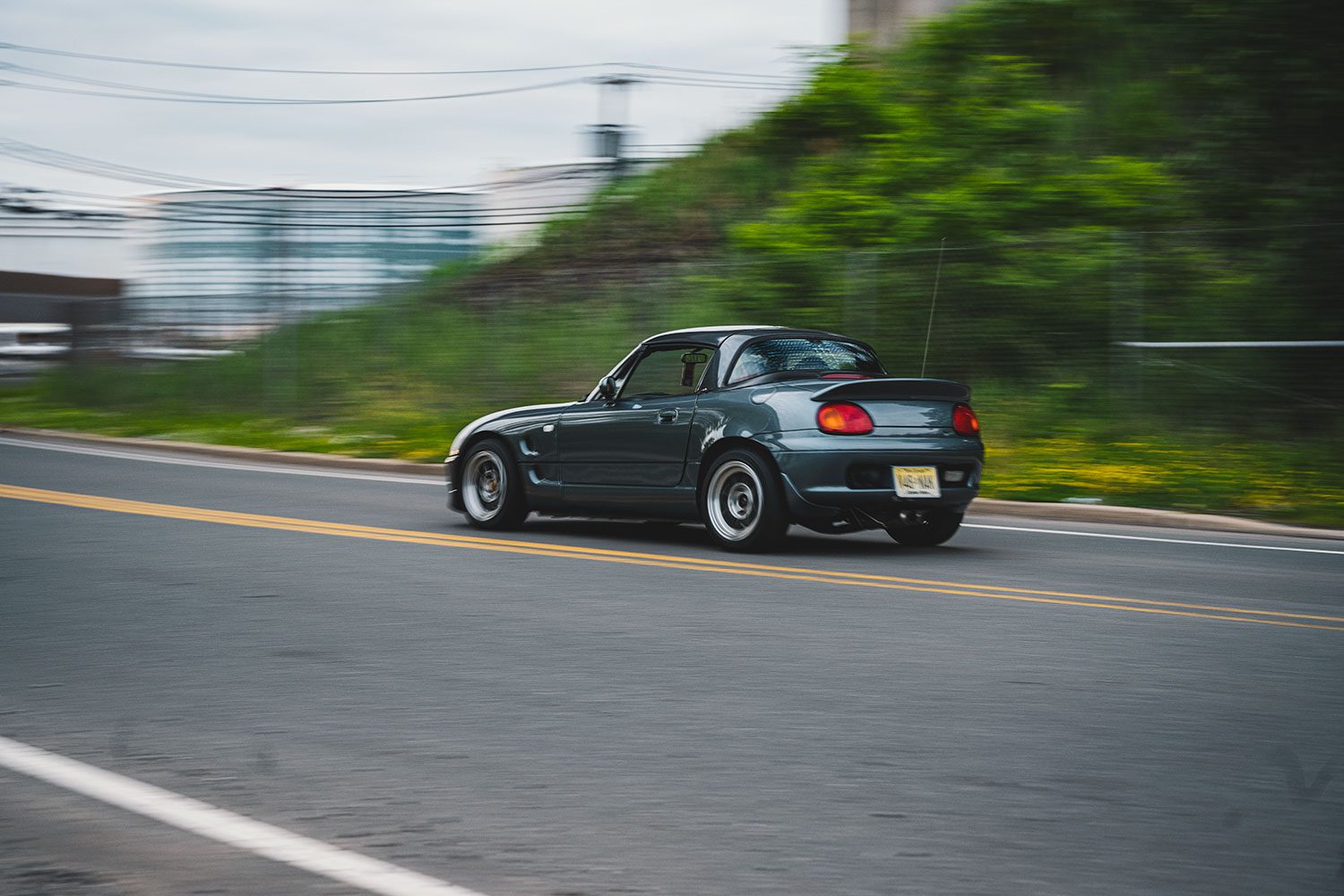

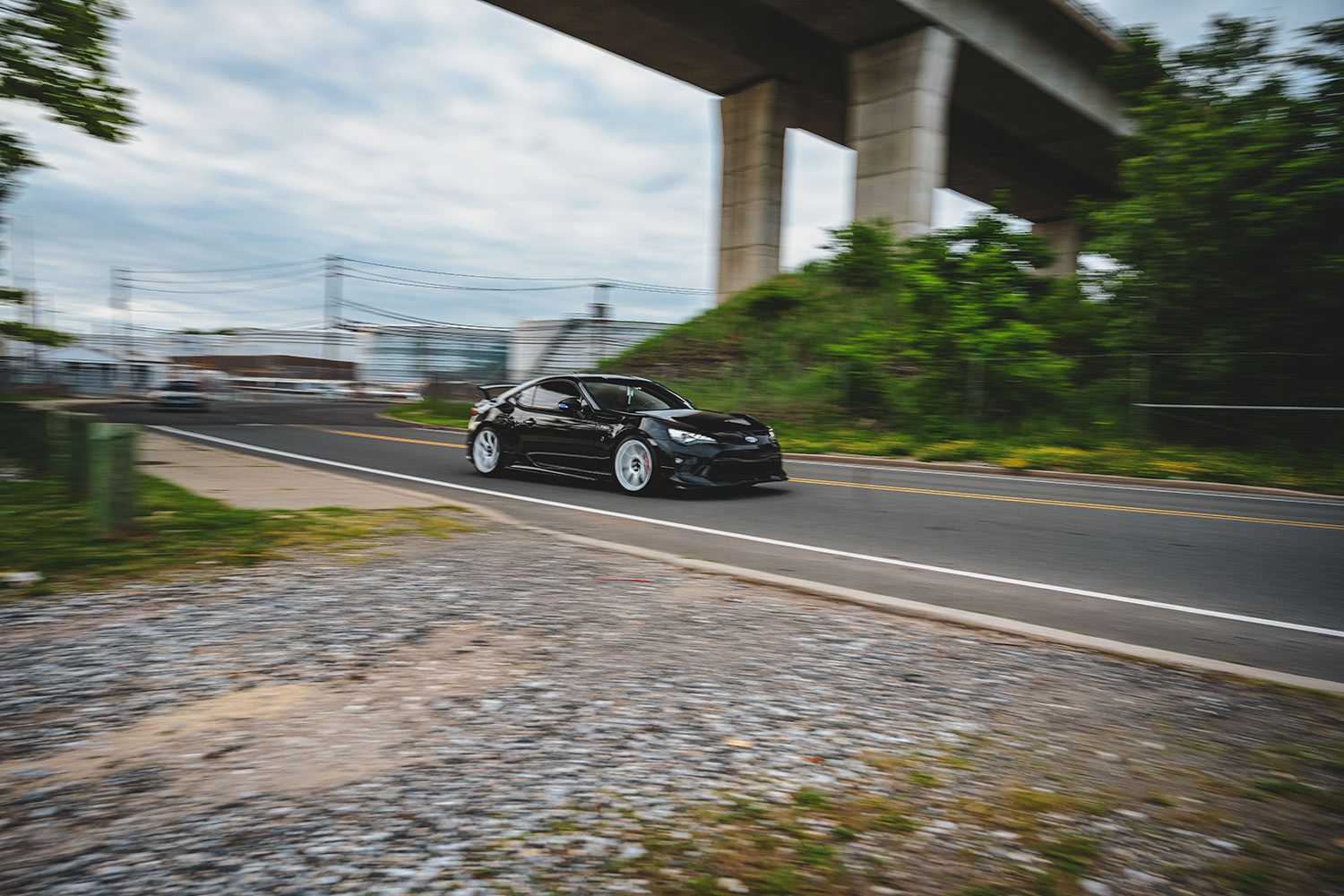

Commissions may be received for product links on this site, so help out if you can. I only write about products I use and believe in.
I use Nikon camera bodies and lenses, a Westcott Ice Light 2, Manfrotto tripod, B + W filters and an iMac Pro to make the art you see here.
Email me at mike@machineswithsouls.com with any questions.
Follow along on Instagram @machineswithsouls




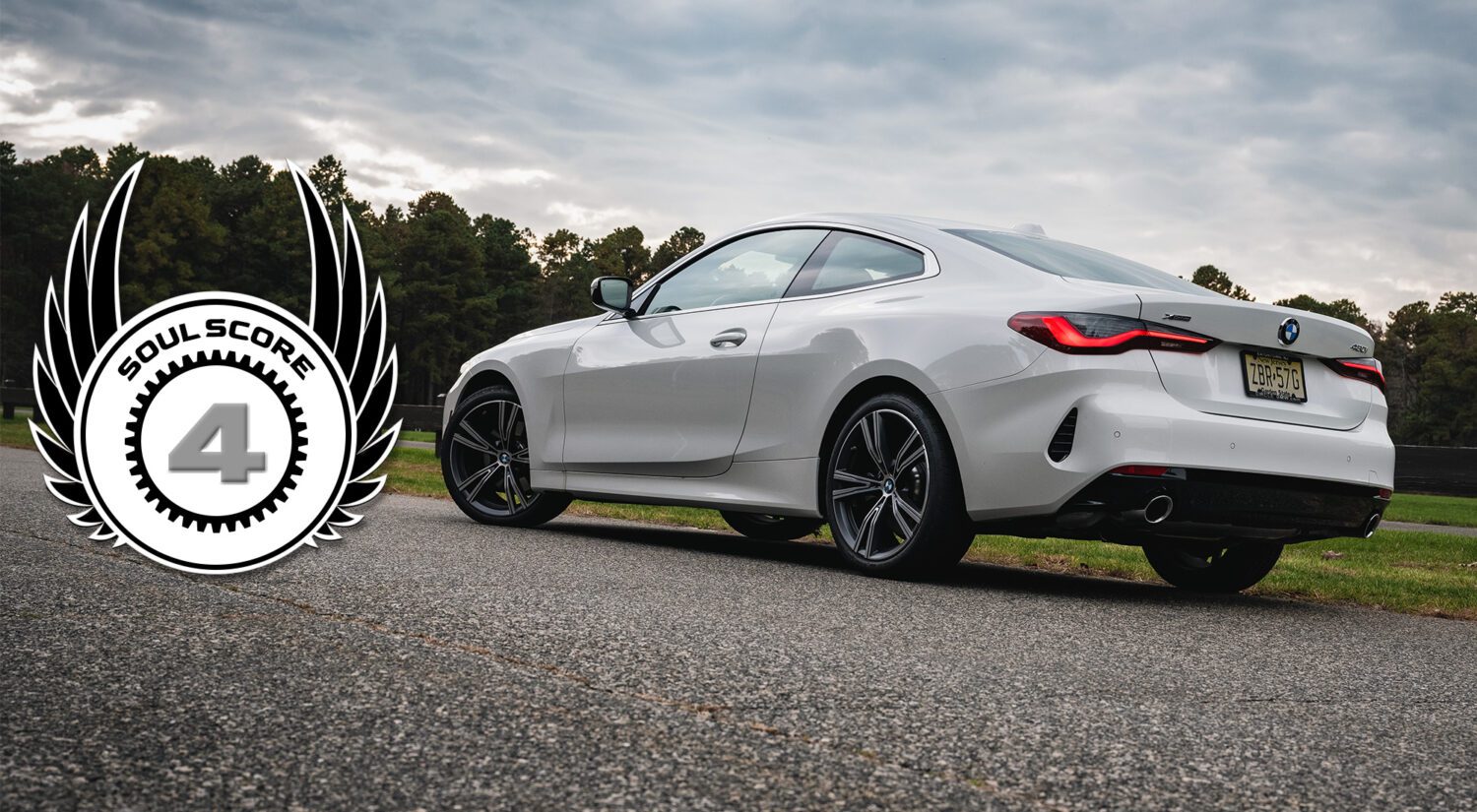
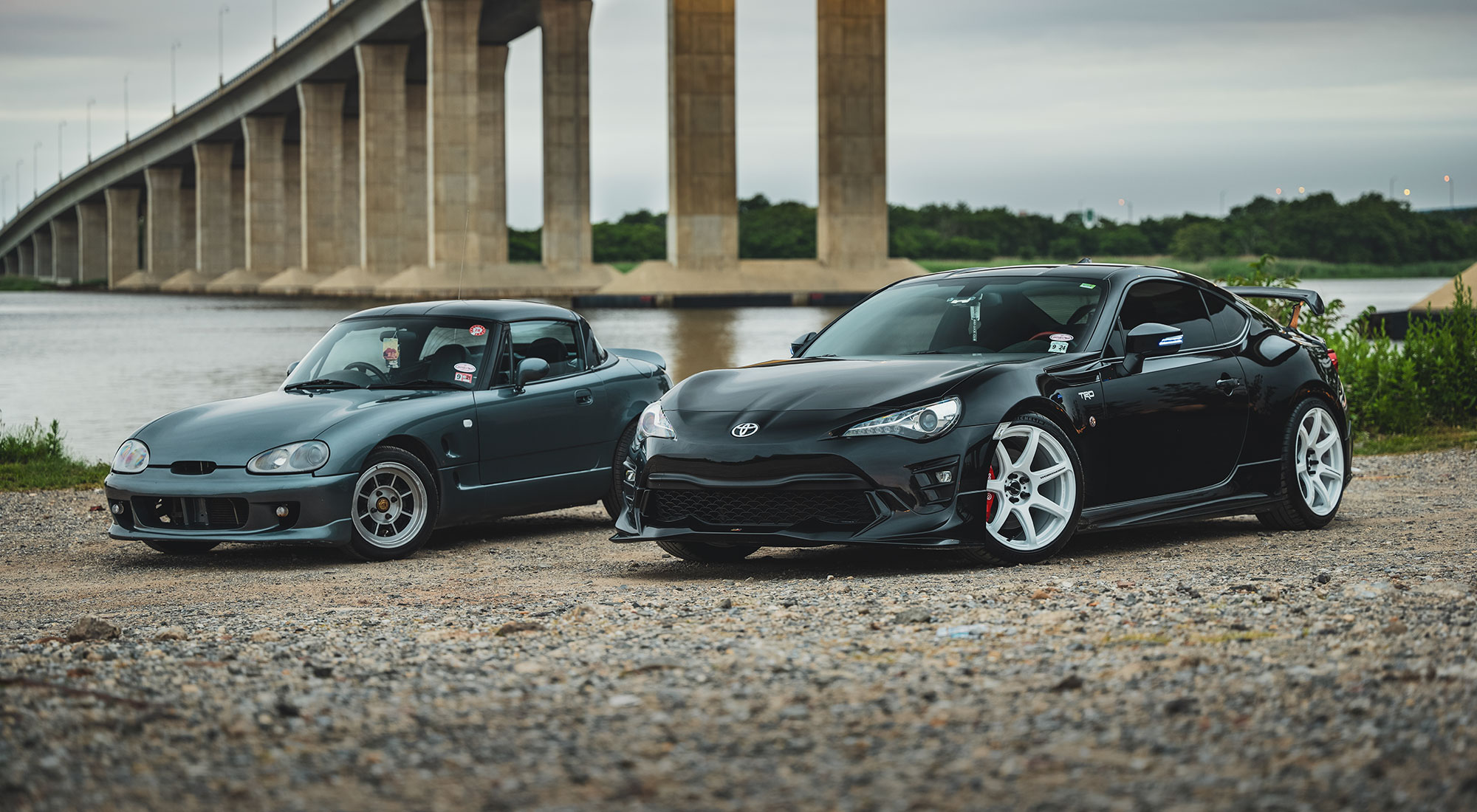
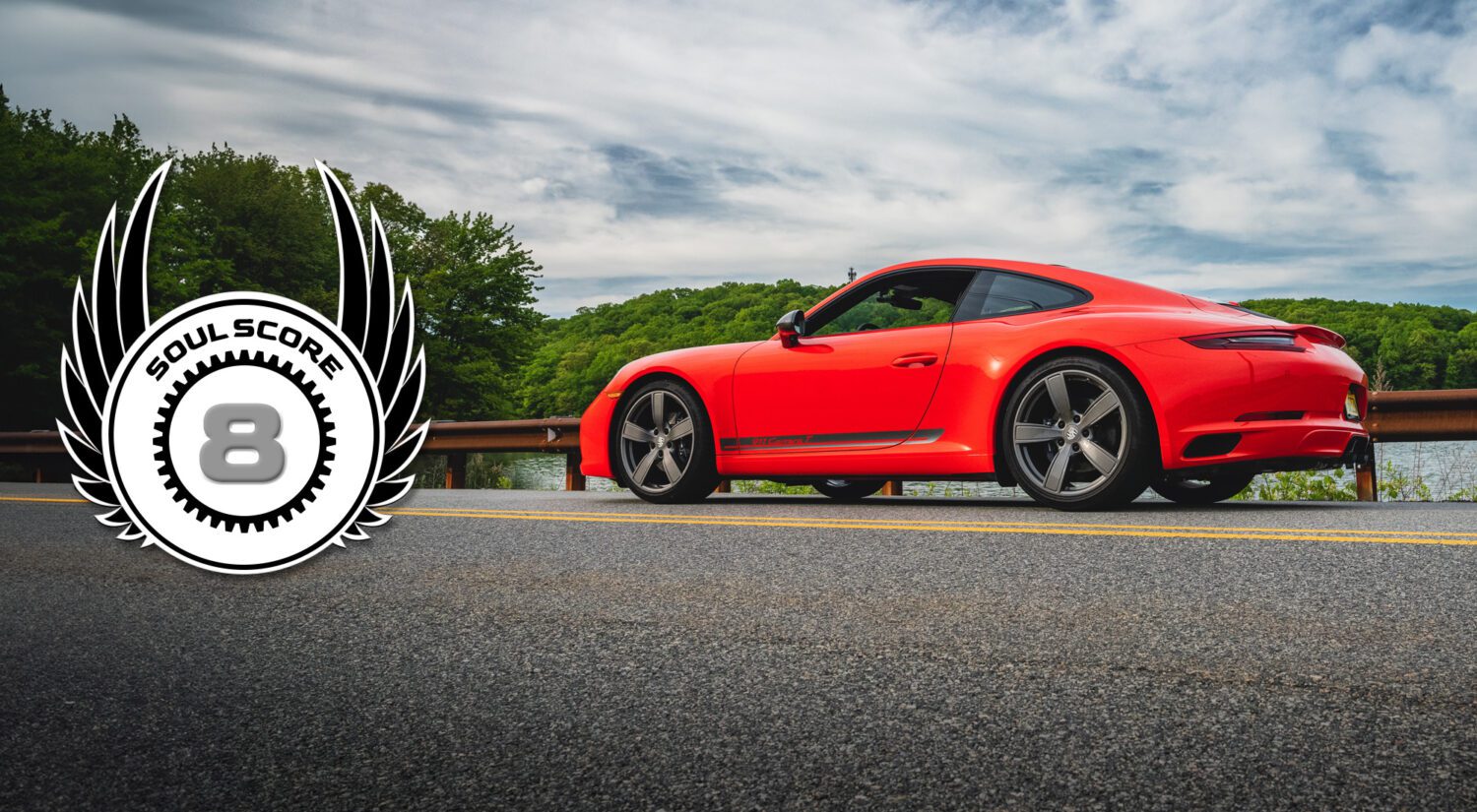
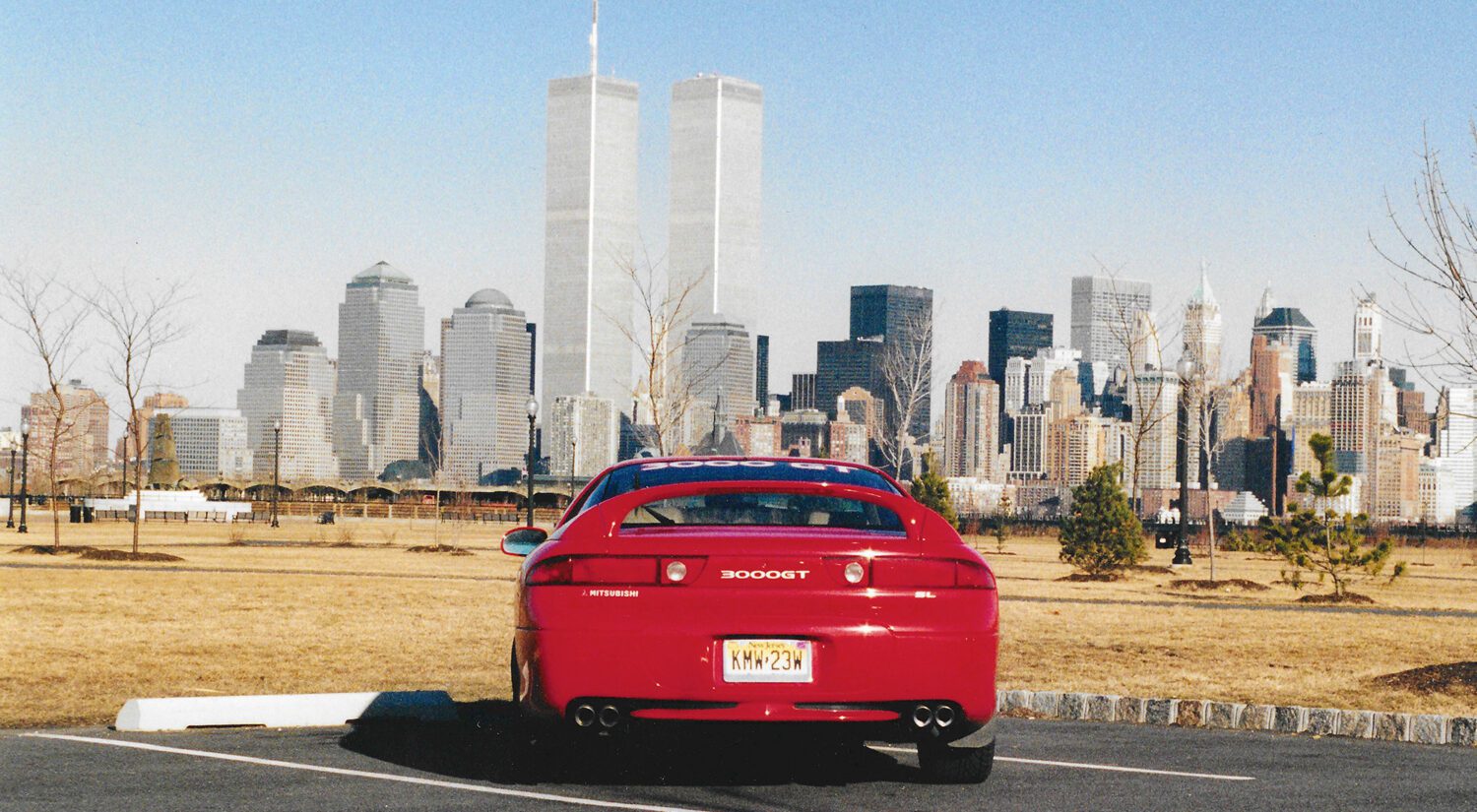
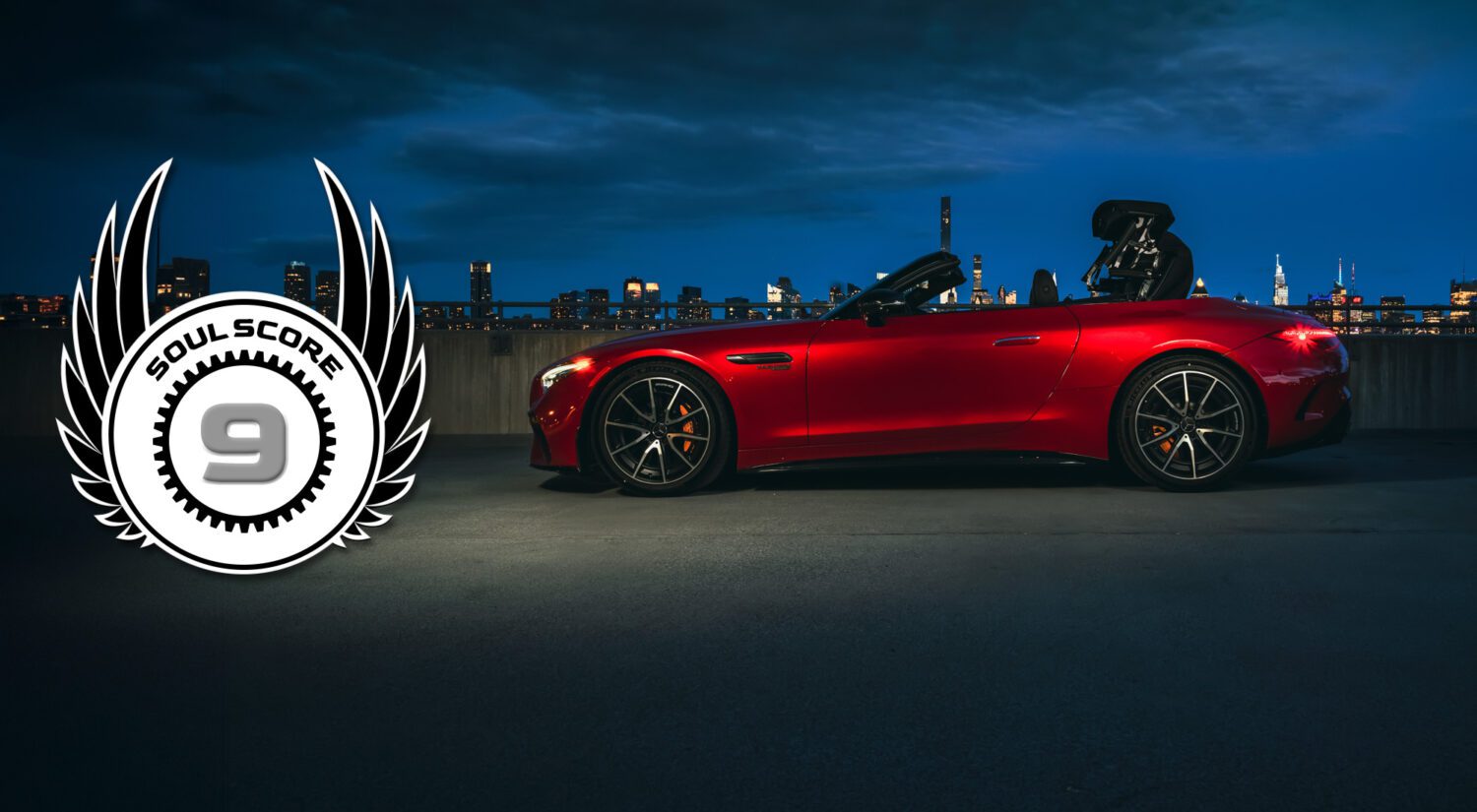
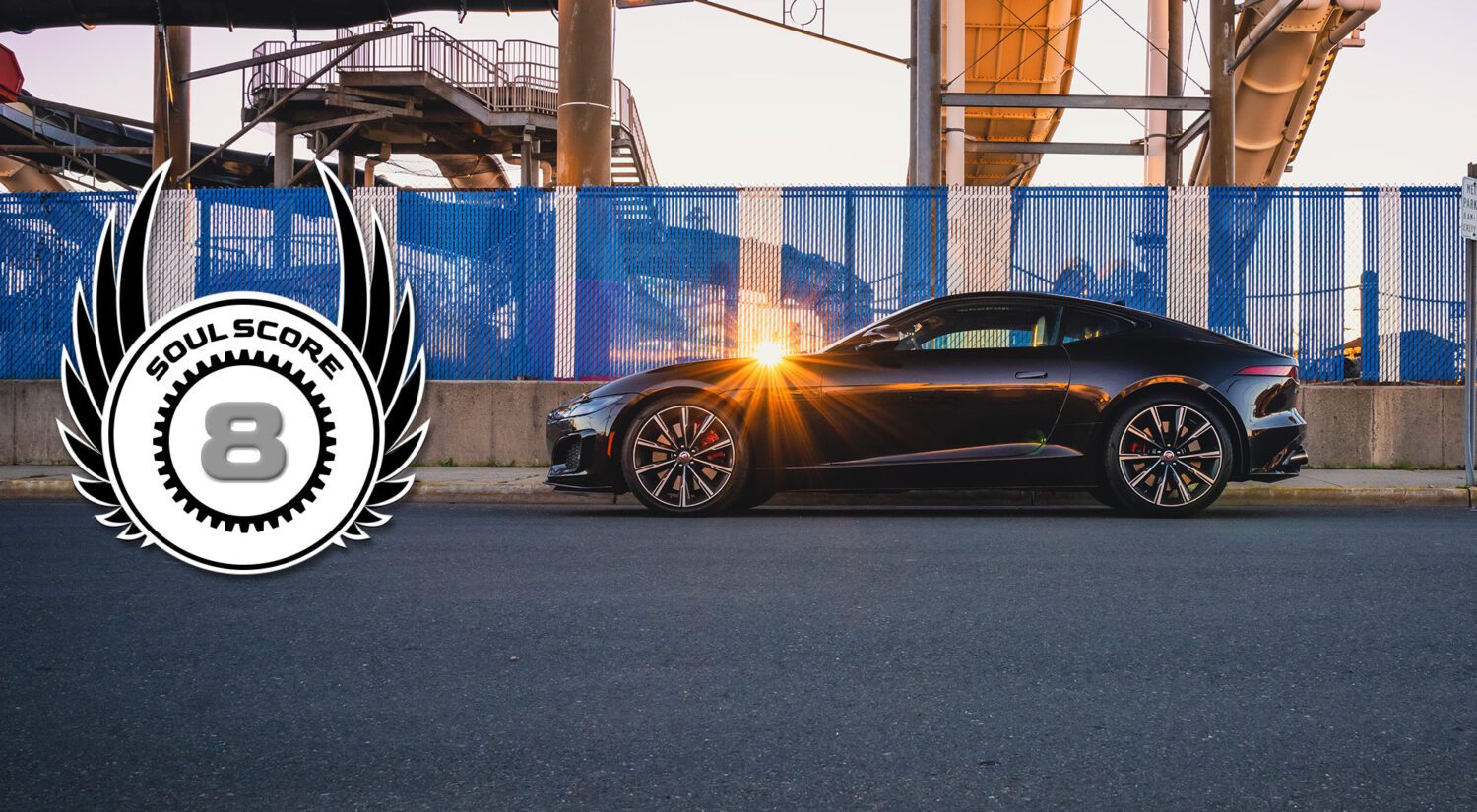
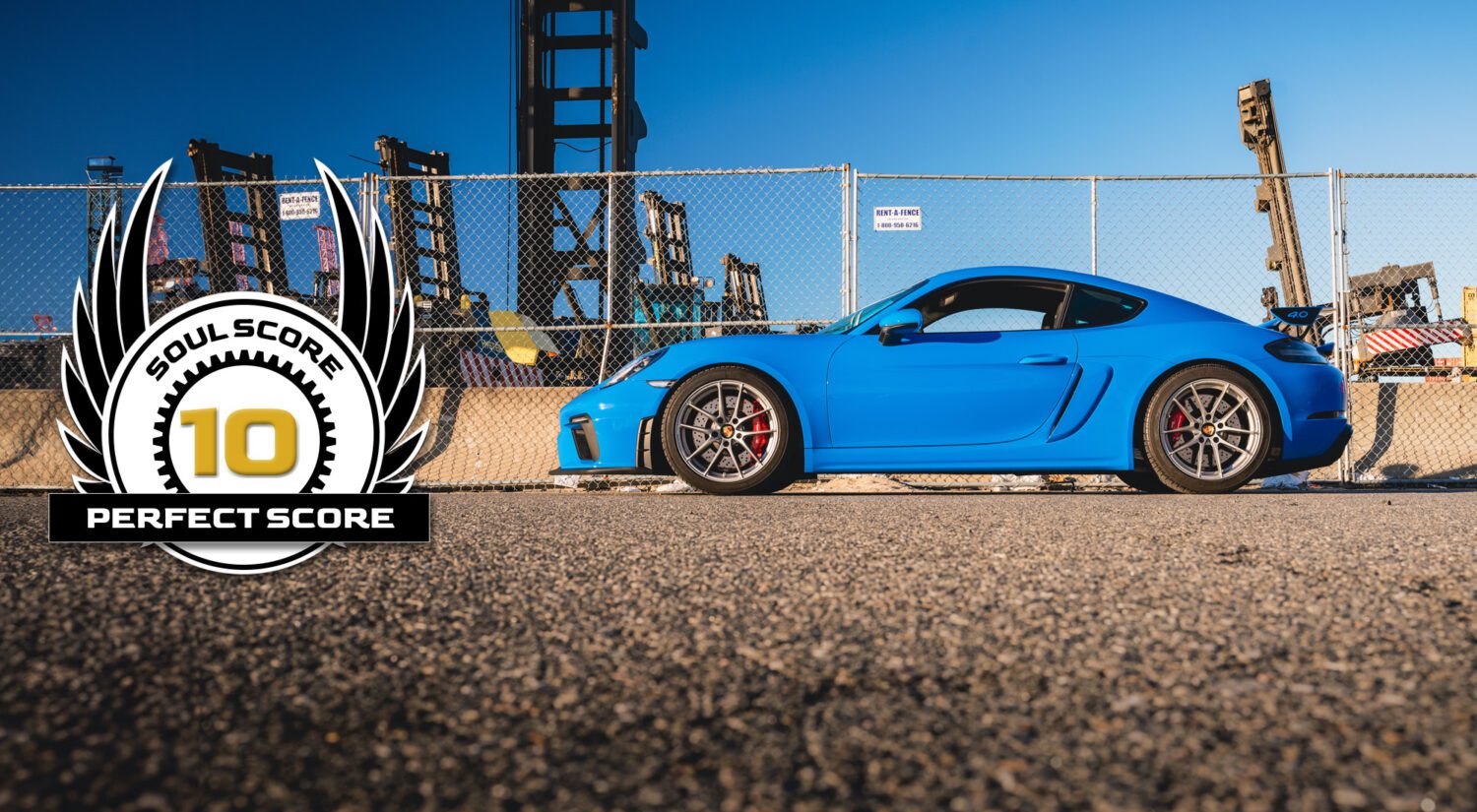

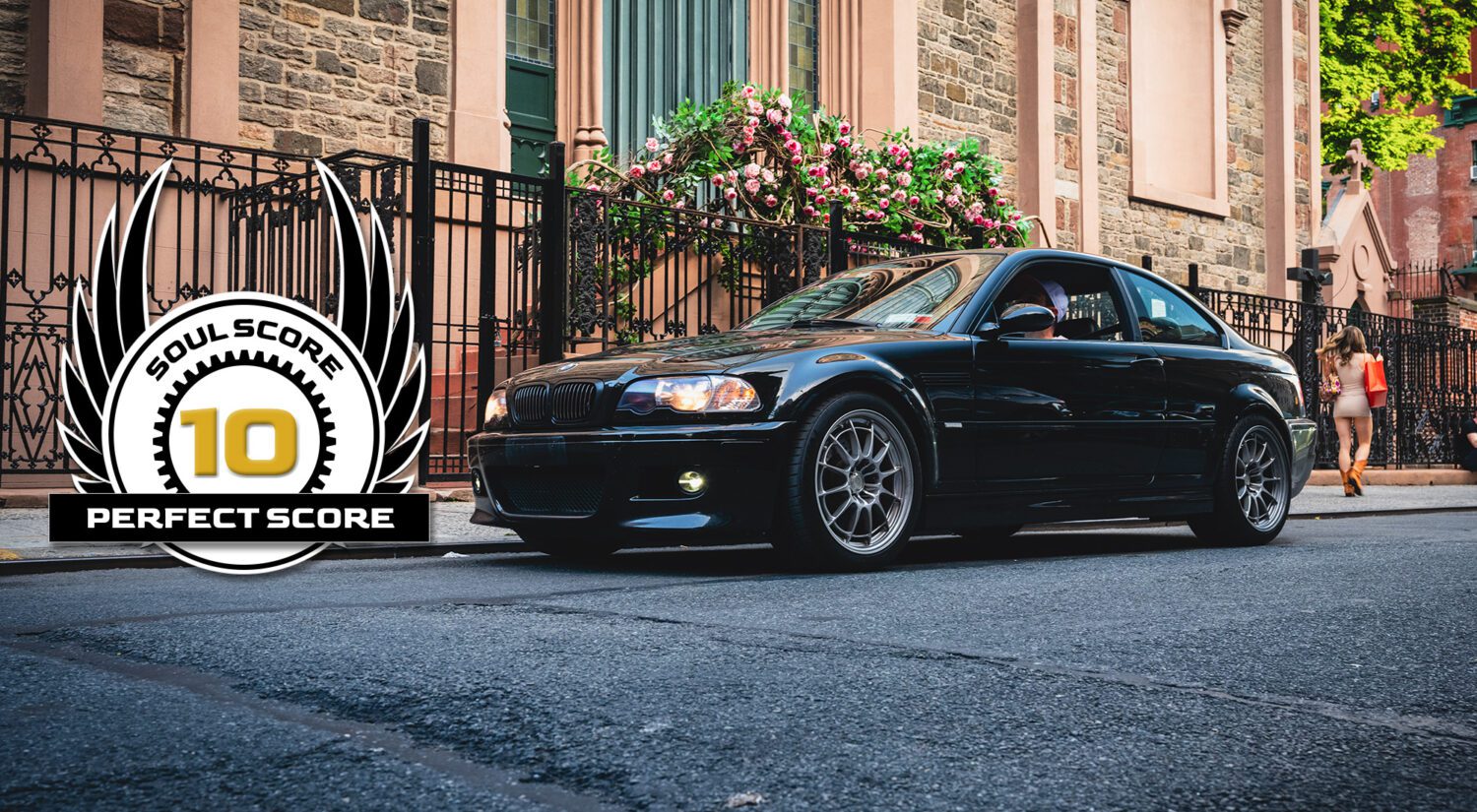
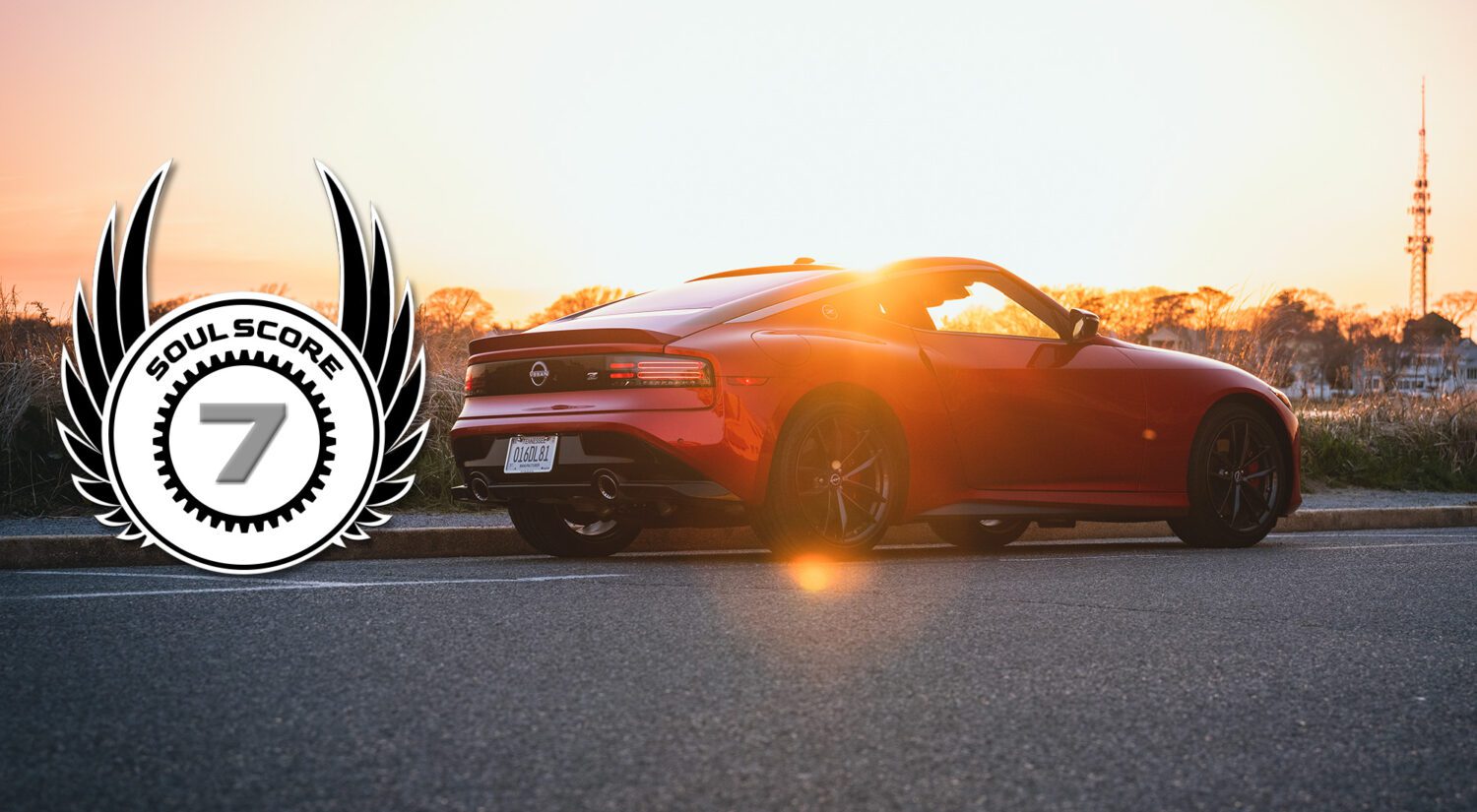
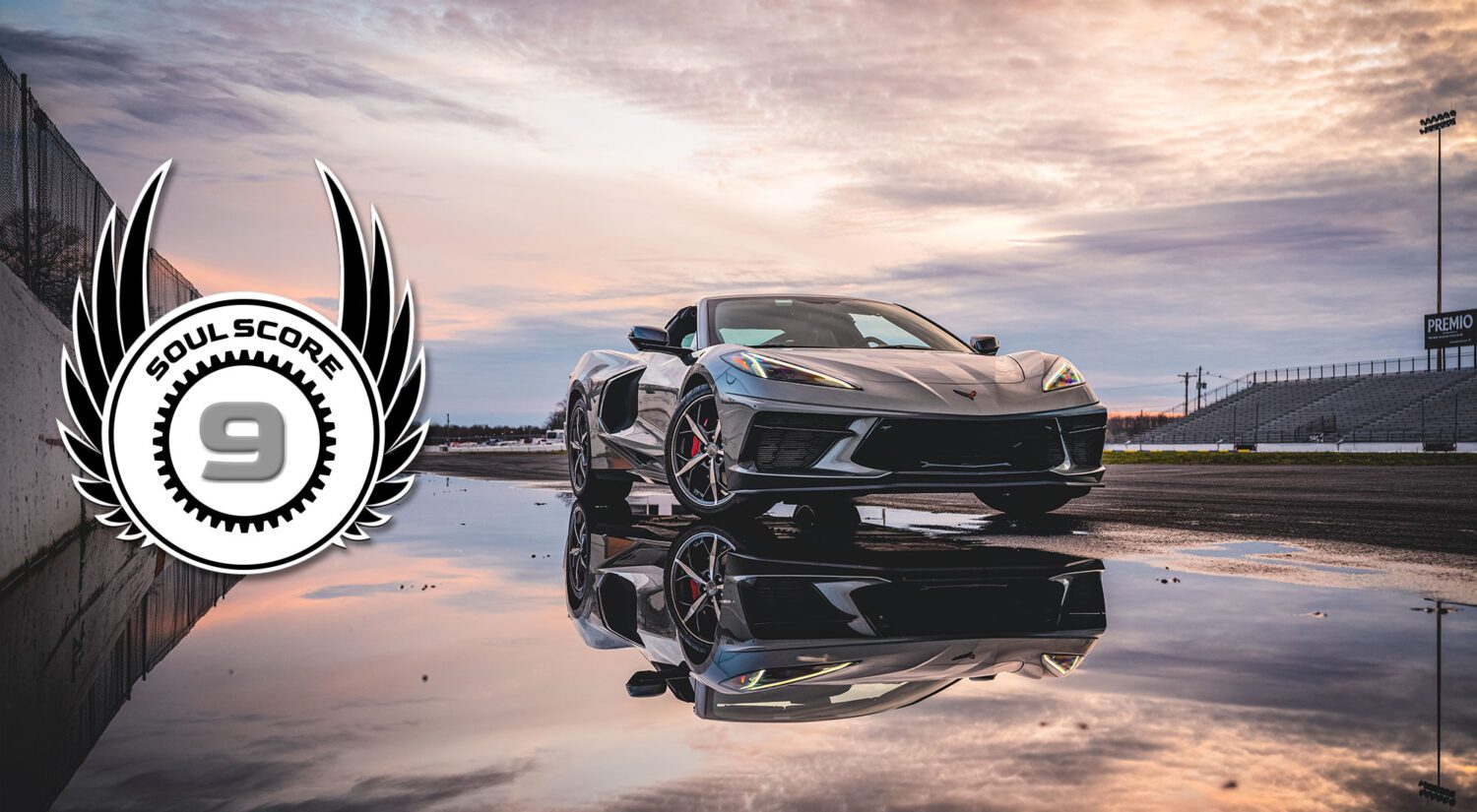
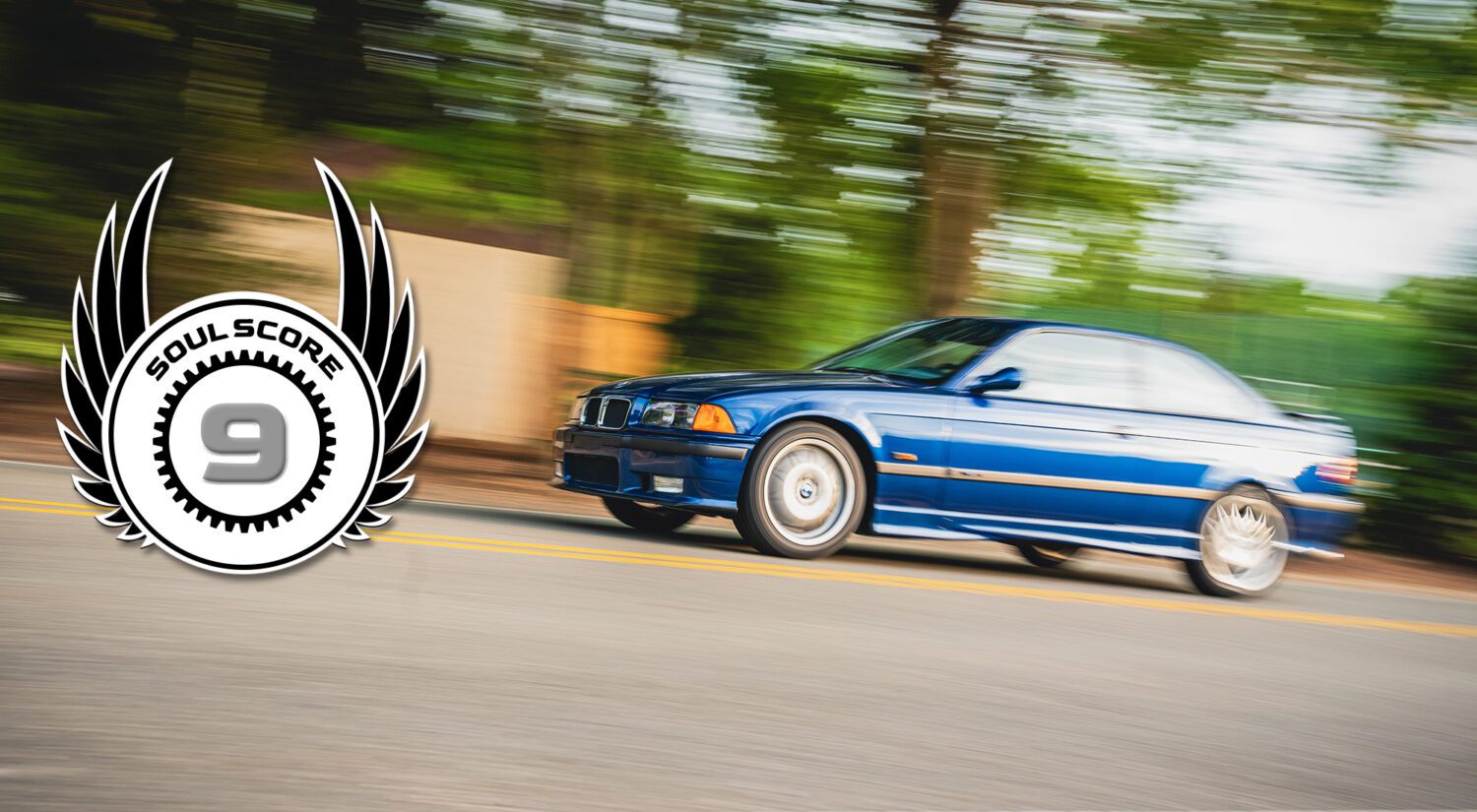
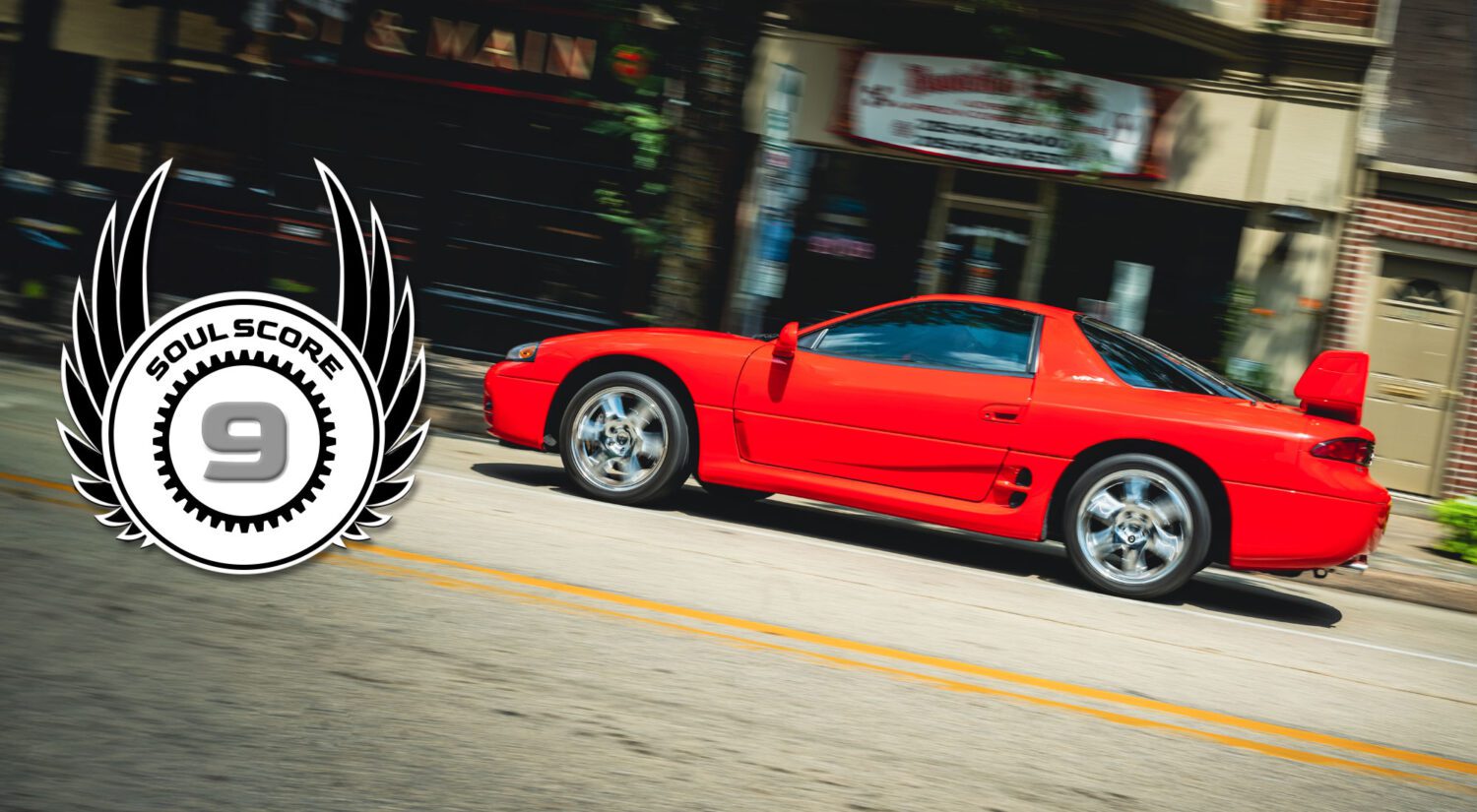
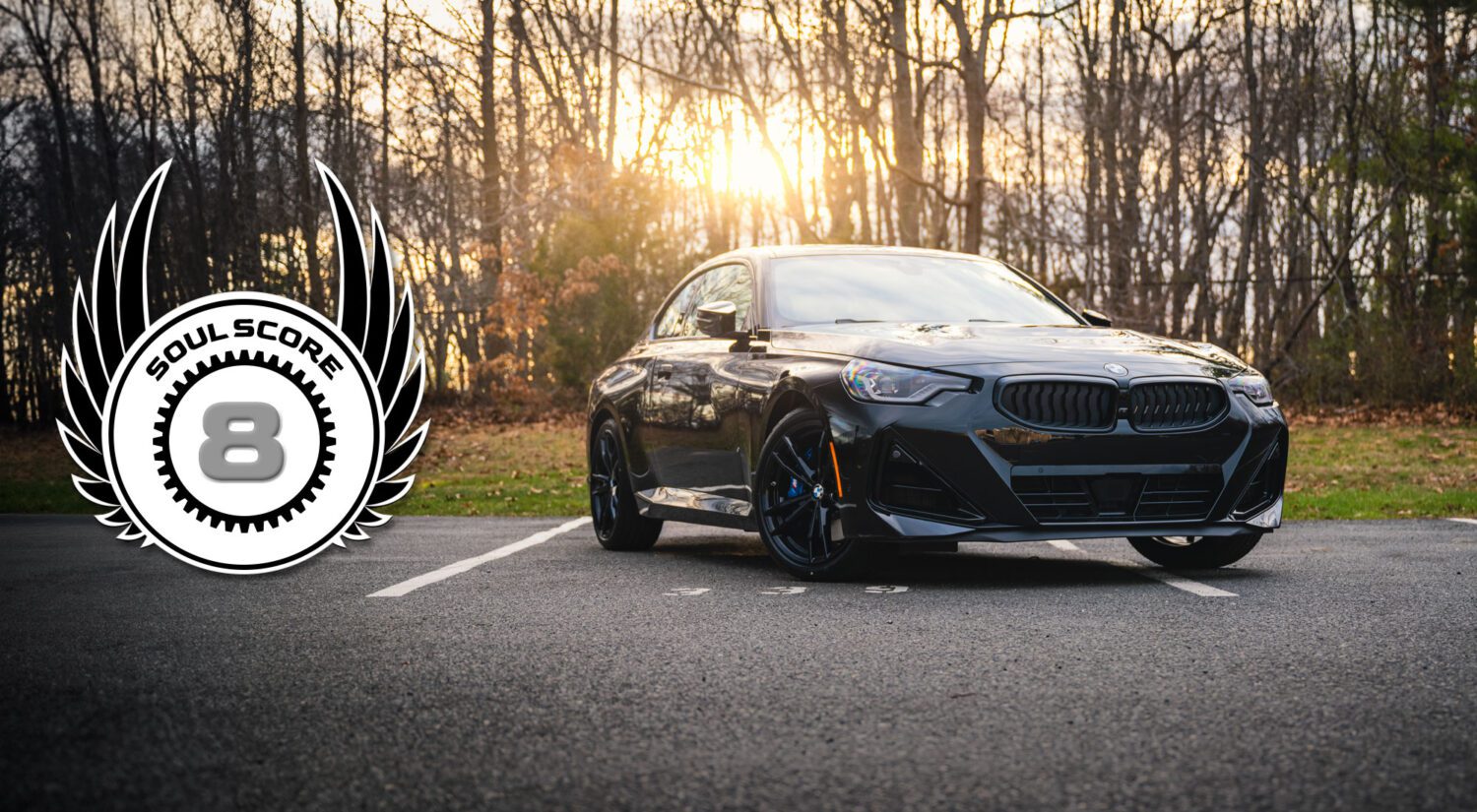
4 thoughts on “Import vs Domestic – should you buy an imported JDM car?”